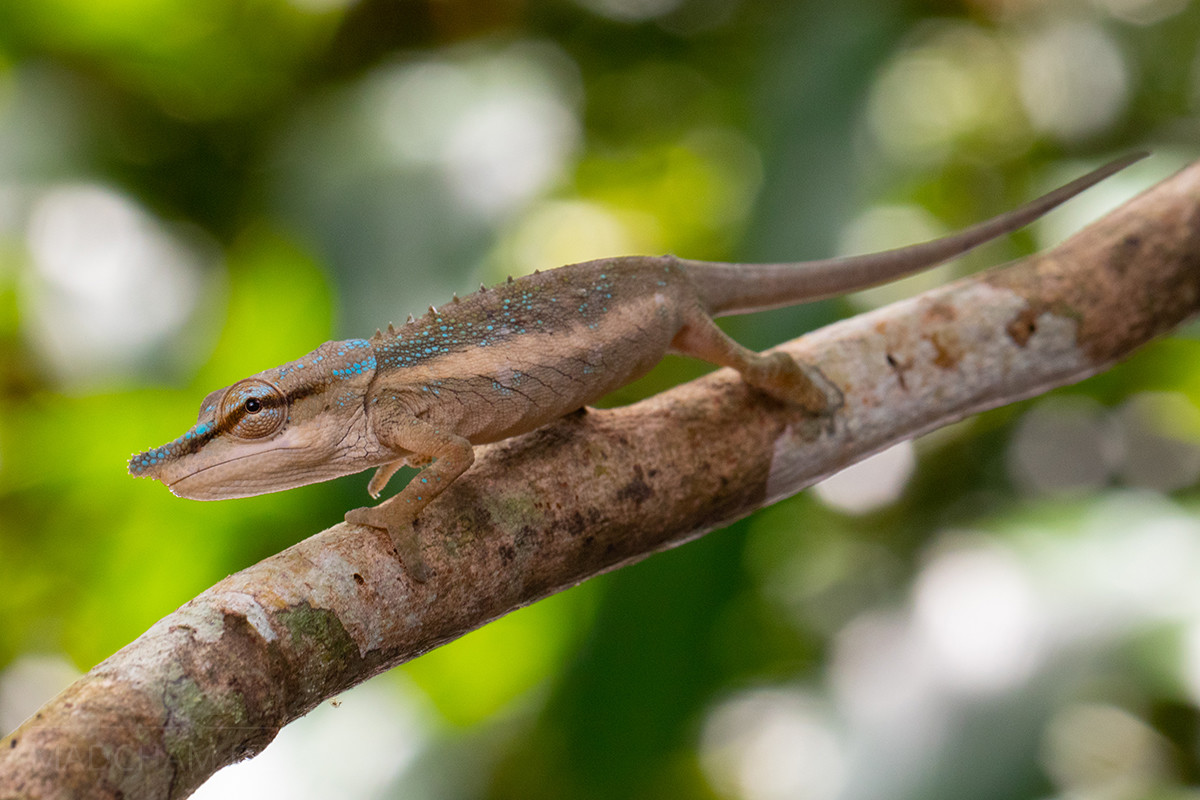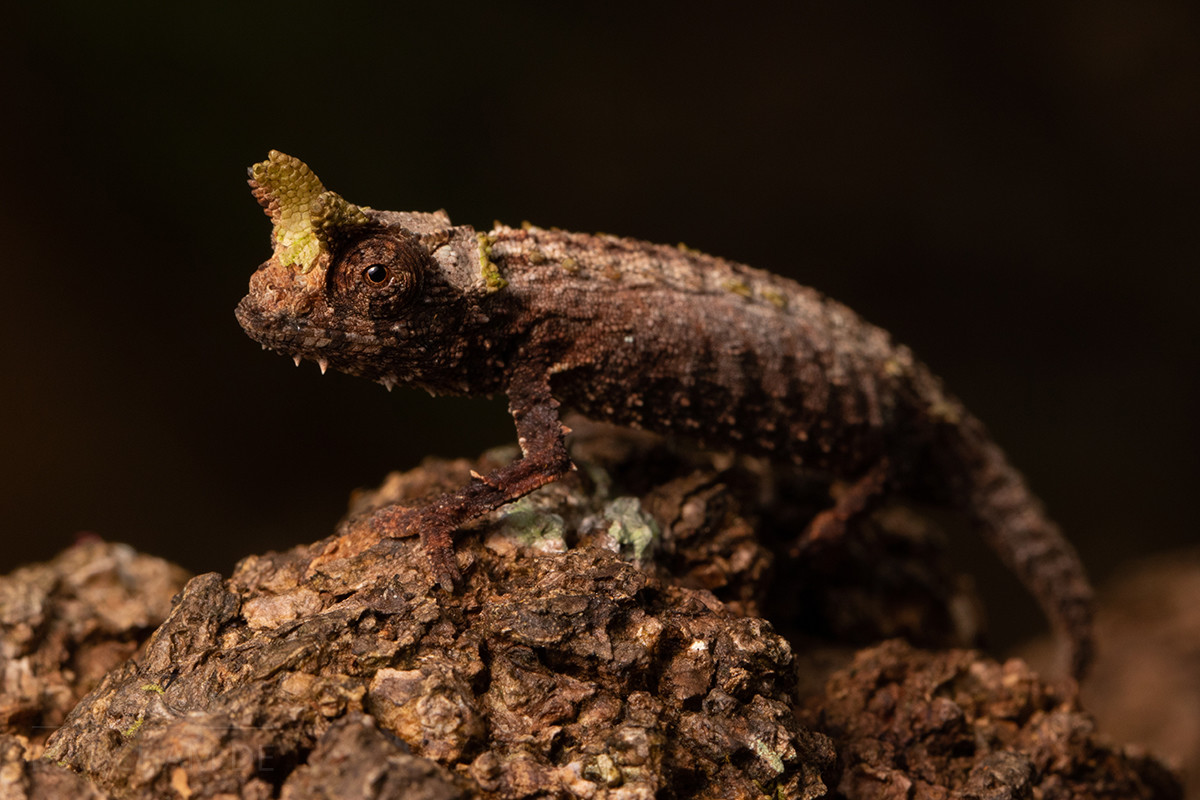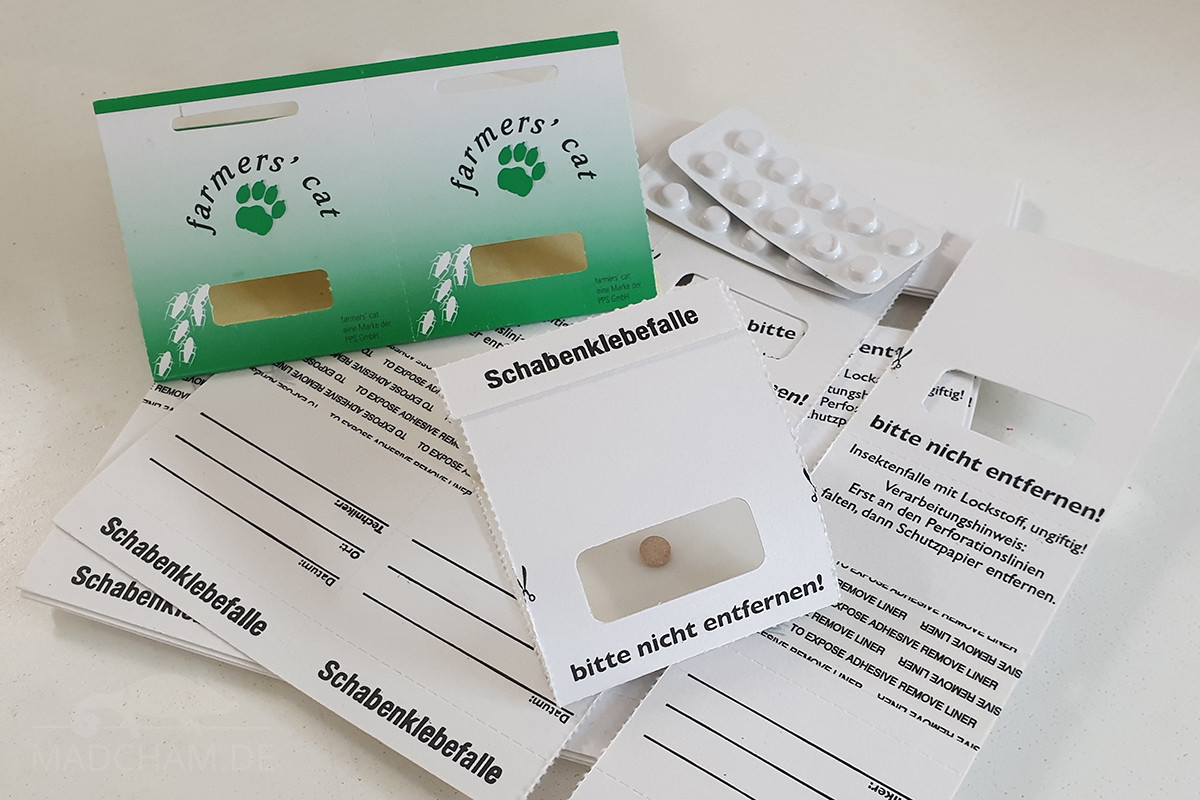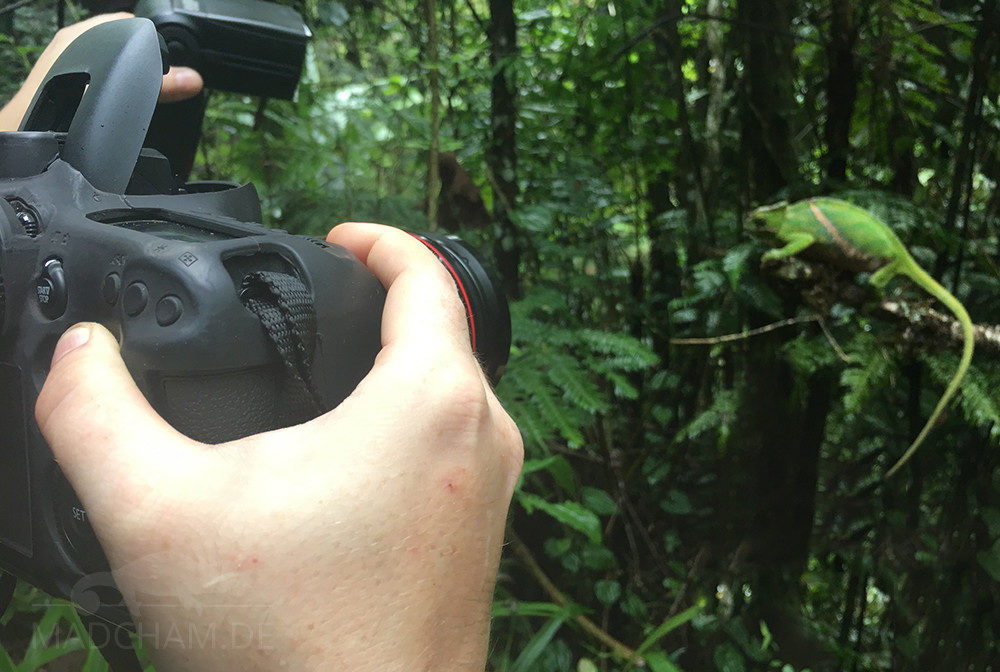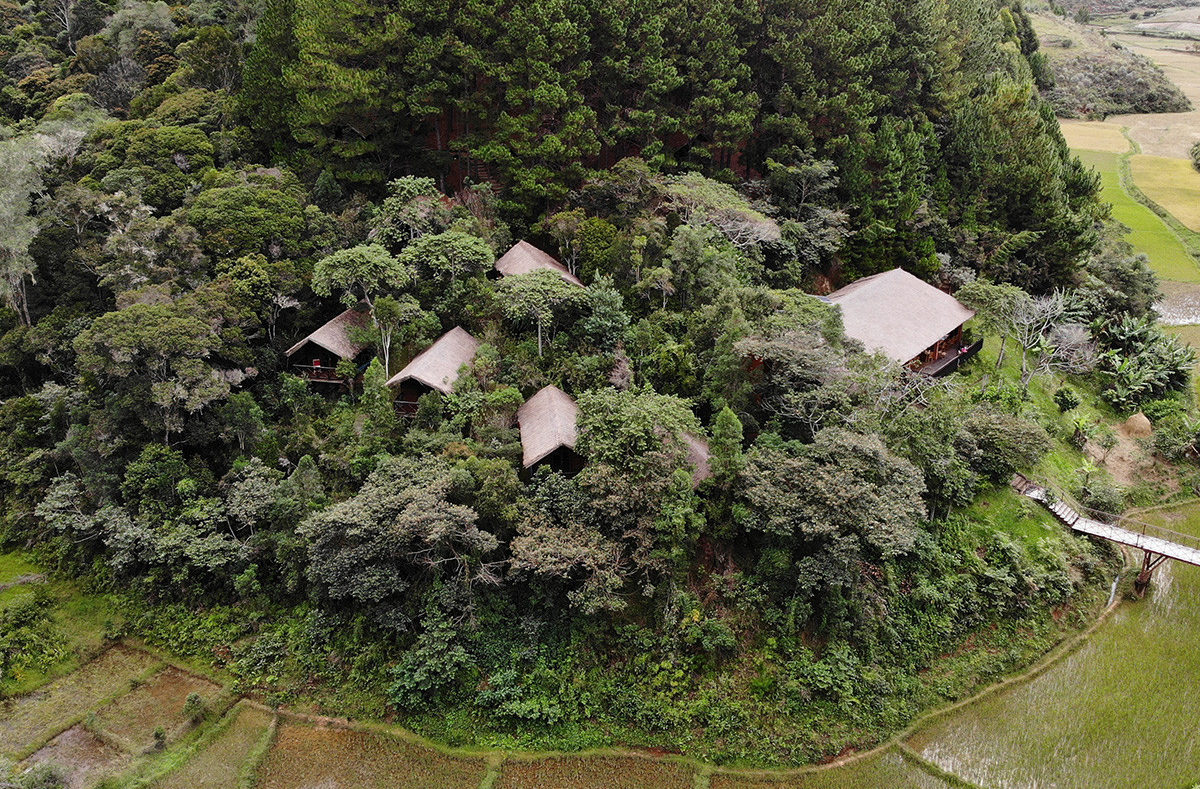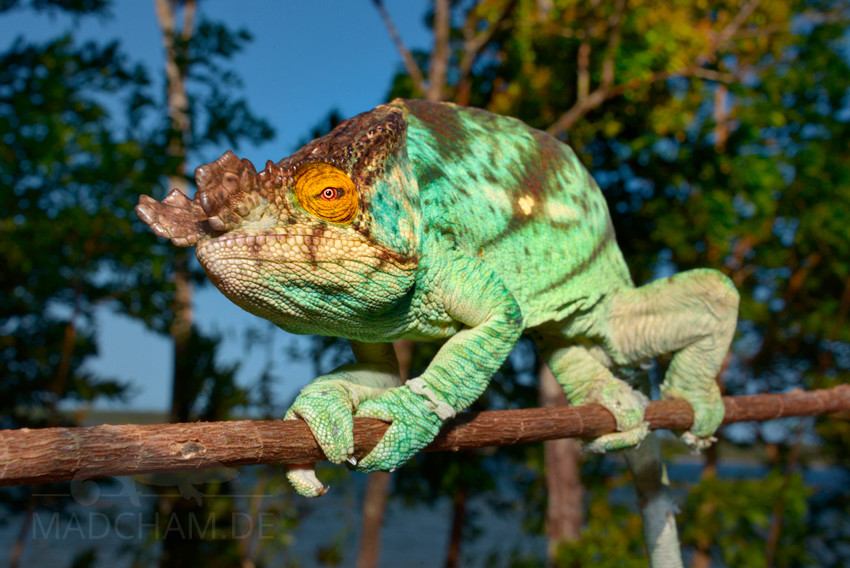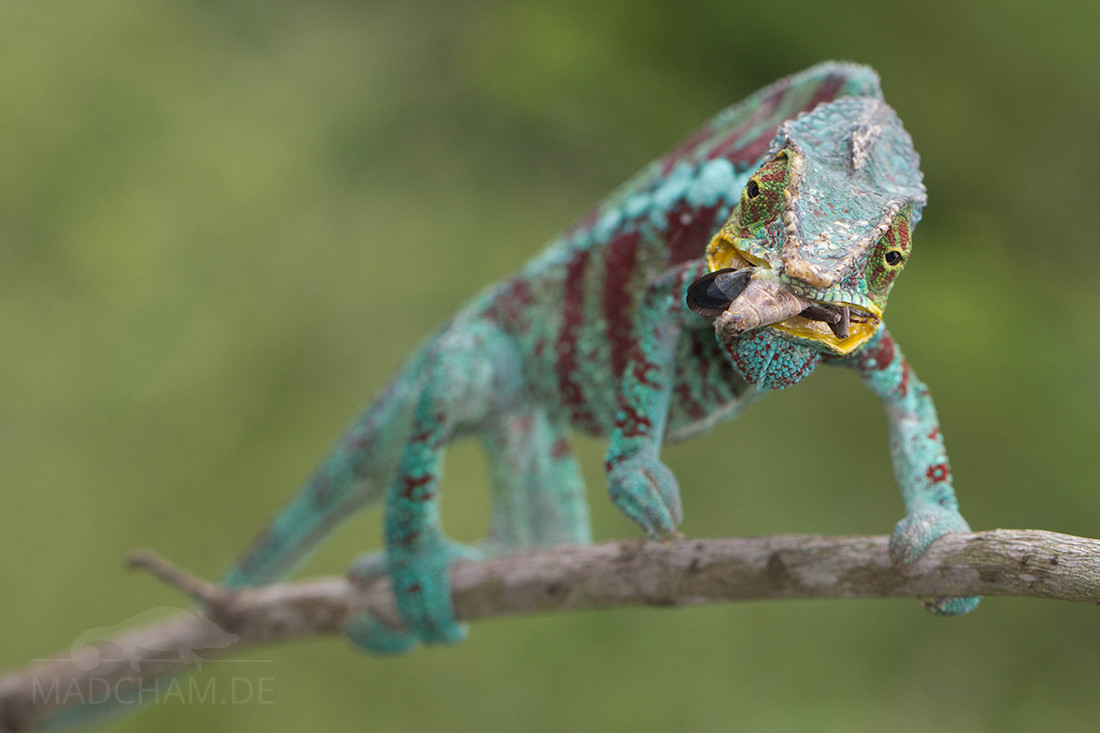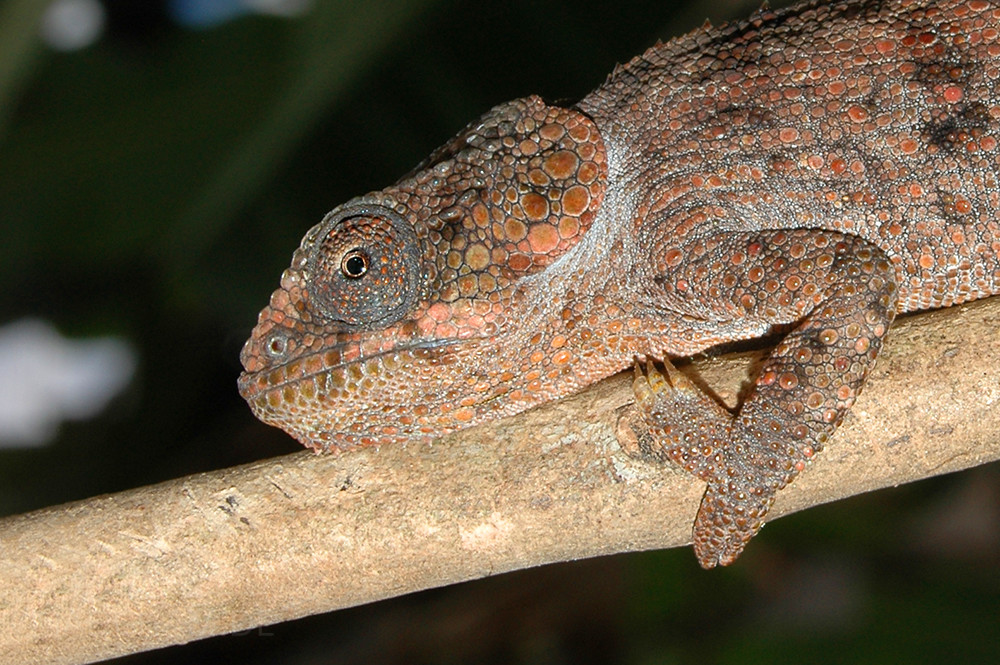Calumma uetzi
First description: Prötzel, Vences, Hawlitschek, Scherz, Ratsoavina & Glaw, 2018 Origin of the species name: Frank Glaw of the Munich State Zoological Collection (Germany) had the idea to name the species after Peter...
Brookesia betschi
First description: Brygoo, Blanc & Domergue, 1970 Origin of the species name: Édouard-Raoul Brygoo, Charles Pierre Blanc and Charles Antoine Domergue of the then Institut Pasteur in Antananarivo, Madagascar dedicated the species to Jean-Marie...
Local form Vohimarina (Vohémar)
Distribution of the local form Vohimarina : Vohimarina, better known by its French name Vohémar, is a city on the northeast coast of Madagascar. With a population of around 15,000, it is one of...
Recapturing escaped feeders
At some point it happens to every chameleon keeper: feeders, which were actually meant for the chameleon, have made off and run around freely in the apartment. Most feeders cannot reproduce in the average...
Photographing chameleons
Photographing chameleons in their natural habitat is not only exciting but also a lot of fun. Not least through the passion for chameleons and photography, this website was created! Therefore, there is now a...
Pathfinder
Since our website now contains around 200 individual articles, this guide was created to provide an overview. This page explains what can be found where and which topics are sorted where and in which...
Info about Madagascar
Madagascar is the fourth largest island in the world with 587,295 km². This is more area than France and Switzerland together. Madagascar is located in the Indian Ocean, about 500 to 600 km east...
Brumation
Among many chameleon keepers, it is a recurring topic: hibernation in the terrarium. Should you offer a brumation period, if yes with which species and why at all? This article is intended to get...
Chameleon food
What do chameleons actually eat in Madagascar? This has not been really well studied yet. This article aims to summarize the current state of research and observations on the diet of chameleons on the...
Calumma hilleniusi
First description: (Brygoo, Blanc & Domergue, 1973) Origin of the species name: The Dutch herpetologist Dick Hillenius received his doctorate in 1959 on the genus Chamaeleo at the Zoological Museum of Amsterdam (Netherlands). At...

